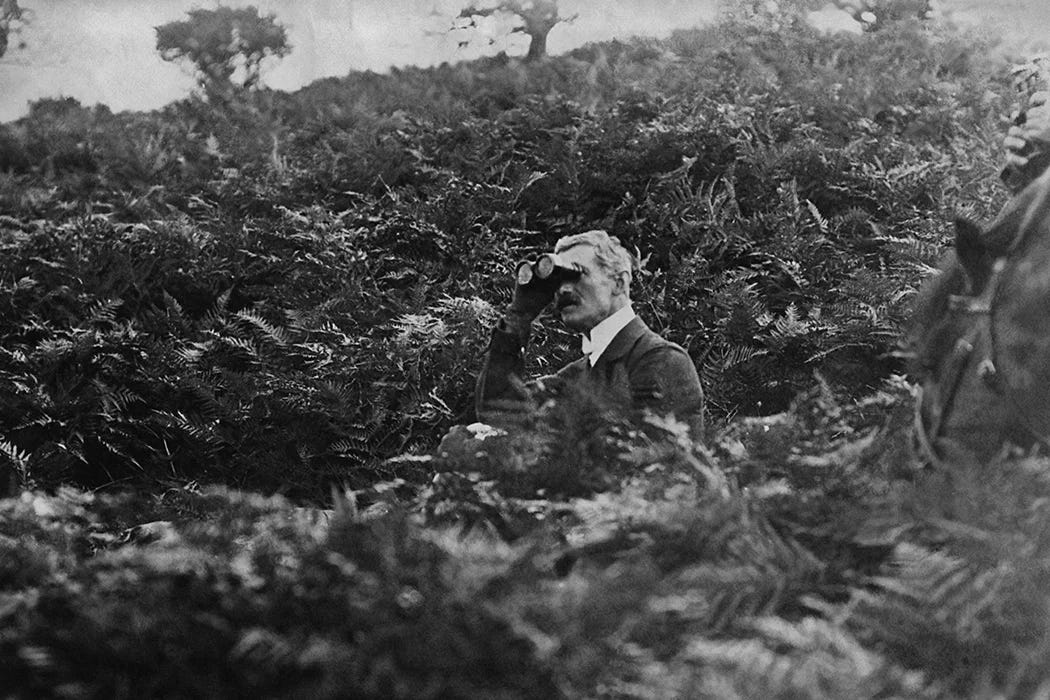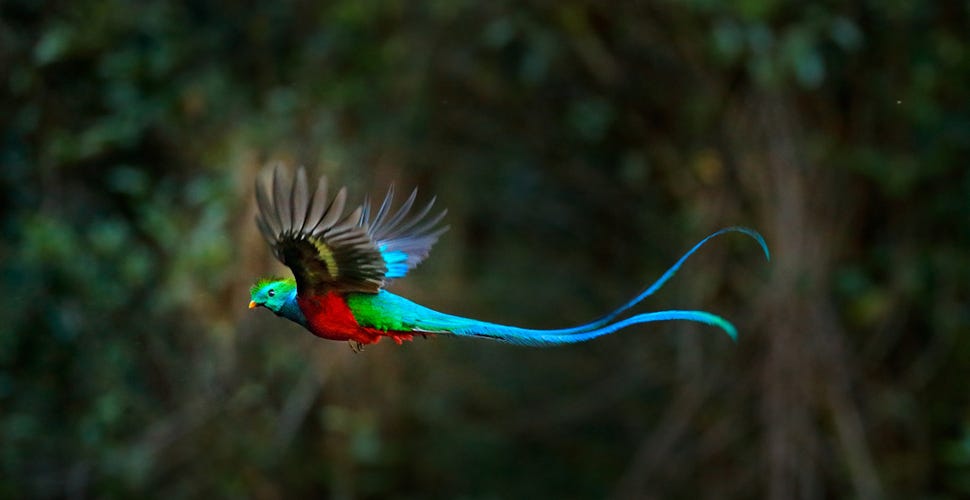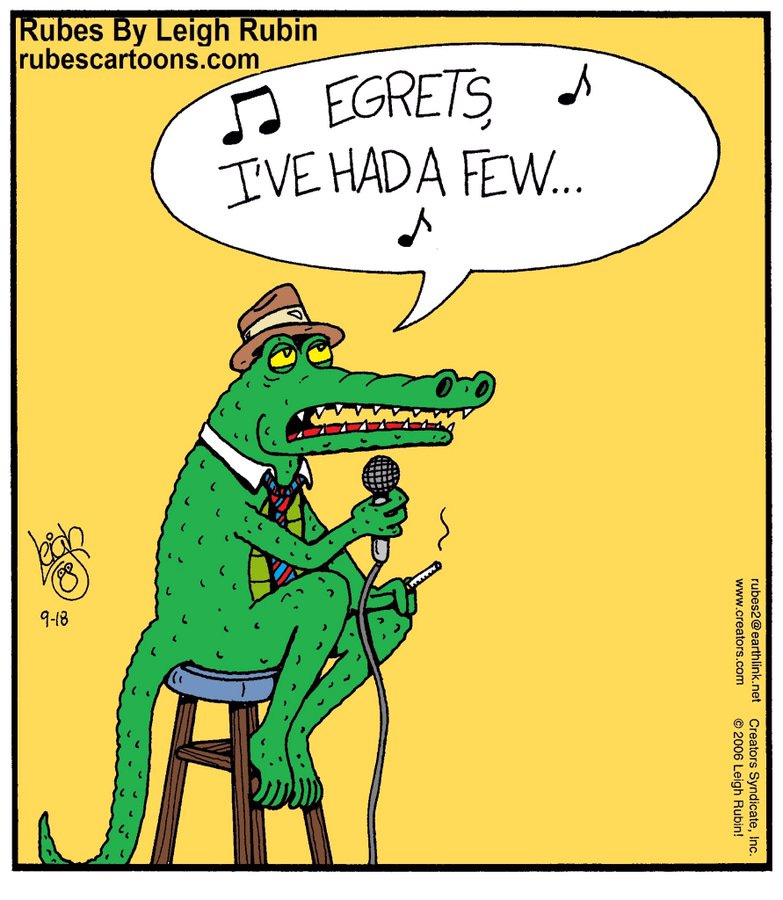Toronto, December 29, 2024
Life list
My new binoculars have arrived. They’re for birdwatching. I’ve started a “life list.” That’s a list of all the species that a person has seen over their lifetime. Experts say there are at least 10,000 bird species in the world (they argue about the exact number—it depends on how you define “species”). North America has somewhere around 2,000 species. There’s about 900 in Europe. So far my life list has 29. I have a long way to go.
Perplexity, for now my chosen chatbot, tells me that there are three types of birders. “Casual Birders” have life lists ranging from 100 to 300 species. “Enthusiastic Birders” have life lists between 300 and 600 species. “Big Listers” can have life lists in the thousands. Big Listers are a breed apart. In an Audubon magazine memoir, Dan Koeppel described the obsession of his father, a Big Lister: “We’d boarded the skiff a half-hour earlier and motored onto the Rio Negro, the dark river that joins the Amazon in the heart of the rainforest. Brazil had already been good to us. In just a week Dad had spotted more than a dozen new birds, including the rare Yapacana Antbird, the Racket-tailed Coquette, and the Olive-green Tyrannulet.” His father’s birding obsession was something of a mystery to his son: “[H]is listing sometimes seems driven not by birds but by his own psychology, by the way his life has played out... Dad's birding grew large, I think, in a world that seemed emotionally unreliable.” Some people distinguish between a “birder” and a “lister” and are suspicious of a lister’s motives and truthfulness.
I’m using a superb machine learning-powered smartphone app called “Merlin Bird ID,” devised by the Cornell Lab of Ornithology. Merlin identifies a bird by song or photograph, and gives you a picture and detailed description of that bird, a library of its sounds, a map of its range, and other tantalizing information. Using Merlin, I began my life list this past summer in Nova Scotia. My first, modest, entry was a Common Tern. I quickly added other birds that were flying around the neighbourhood, e.g., the Red-eyed Vireo, Northern Parula, Northern Cardinal, and Hairy Woodpecker. In November, walking along the lake in London’s St. James’s Park, I identified, astonishingly, in the middle of that huge city, an Egyptian Goose, Eurasian Moorhen, Australian Brushturkey, and Monk Parakeet. Later in November, when I was in Florida, in plain sight of Mar-a-Lago, I added the unremarkable House Sparrow and European Starling. (In the last few months, I’ve been on the road quite a bit, for one reason or another.)
Why would an octogenarian like me start a life list? It’s a vote for the future. Sometimes a little bit of optimism is in order. But, of course, the poet gives us another and more enduring explanation: “When despair for the world grows in me.../ I go and lie down where the wood drake/ rests in his beauty on the water, and the great heron feeds./ I come into the peace of wild things.../ For a time/ I rest in the grace of the world, and am free.” (Wendell Berry, The Peace of Wild Things)
In a few days I’m going to Costa Rica. It has almost a thousand bird species. I have my new binoculars. Maybe I’ll see the famous Resplendent Quetzal. Maybe, one day, I’ll be a Big Lister. As Dan Koeppel writes, “Every big lister starts small.” Anyway, I will, for a time, come into the peace of wild things.
*****
Some reader comments on Newsletter #91 (“Regret”)
A reader writes: “I find that reading Seneca on regret (he wrote of it frequently) is a great help to me when I experience it in my dreams, imaginings or memories.”
An interesting comment: “Now that I’m older than everybody, I find regret is the huge voluble ghost in the machine. Too many idle elderly hours are spent reliving mistakes and those dumb remarks made in high school, or the egregious faux pas in grad school, while Echo constantly asks why was I such a klutz teaching Moby Dick in Pocatello, affairs, loves, and whatnot. Lotta whatnot. Je regrette tout, and memory blabs relentlessly on. Age has golden moments, but it’s not a jolly corner.”
A regular reader draws my attention to a song similar in message to Non, Je Ne Regrette Rien:
(...No cares and woes/ Whatever comes later goes/ That's how I'll take and I'll give/ Devil may care/ When the day is through, I suffer no regrets...”
From a friend: “Egrets, I’ve had a few…”
And from My Severest Critic: “I saw Piaf. At the end of her career, in Paris. I was a tour guide. She was dreadful. Regrets? Many mistakes, but that goes with a stressful life I’ve had a lovely life, fun, friends...”
*****
2024 annual report to readers
This edition is Endgame #92. The first newsletter was published on December 5, 2022. I’ve posted a brief essay (generally about 650 words) almost every Sunday morning since then. It gives me a chance to reflect systematically on ideas and stories that interest me. It’s a way of keeping in touch with people I want to keep in touch with. And it’s an opportunity to continue practising the craft of writing. I plan to keep writing The Endgame for a while, but one day I’ll stop. The newsletter is free. That won’t change.
Substack is good at providing statistics. It tells me that, as of today, I have 1739 subscribers, about 1100 more than a year ago, across 47 US states and 63 countries, and almost exactly the same number of “followers” (who, unlike subscribers, don’t receive the newsletter automatically by email). Many subscribers came because of a recommendation by Margaret Atwood in her own Substack, In the Writing Burrow. Thank you, Ms. Atwood, for everything.
So far the most popular Endgame has been #66 – “The Naming of Generations,” published on May 19, 2024, with 3,470 views. Recent posts have been getting between 1500 and 2000 views. The “30 day open rate” and “30 day views” are slipping slightly as the weeks go by. I’m not sure what to make of that. Maybe people are starting to get tired of the whole damn thing. I’m not tired of it—yet.
A few—not many—of my free subscribers have indicated they would like to pay something. Those generous souls could send a modest donation to a favourite charity of mine, PEN Canada, which promotes and protects free expression in Canada and around the world.








It’s official: birds are literally dinosaurs!
https://www.birdlife.org/news/2021/12/21/its-official-birds-are-literally-dinosaurs-heres-how-we-know/
I enjoy your perspective and your style. Please keep writing, Philip!
As for birding, my experience is second-hand. My partner has been a birder since he was a child. He grew up in a suburb on the outskirts of Ottawa where he and a friend rambled through the fields near his house looking for birds. Although this nerdy pastime earned him derision as a child, it has given him a lot of joy ever since. For me, it is one of the perks of our relationship to go wandering through the woods with Darrel, scanning the trees for birds and listening for birdsong.